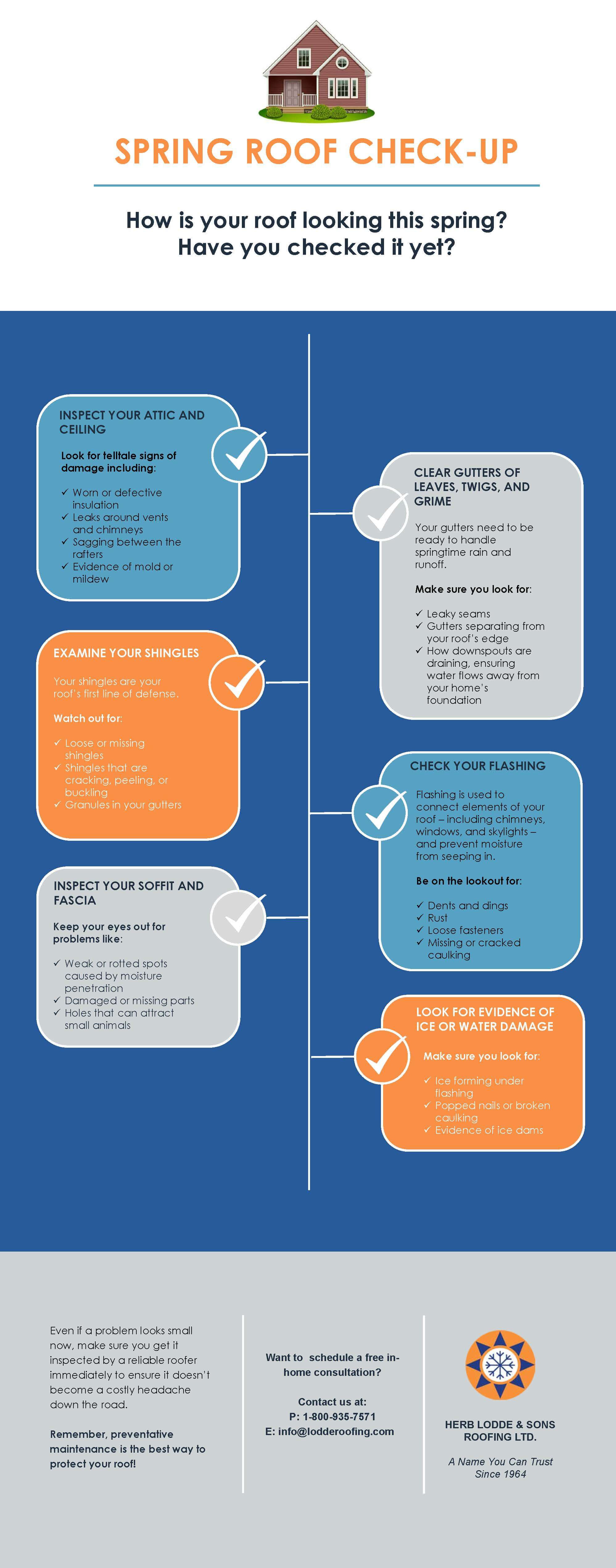Understanding The Innovation And Capability Of Solar Panels: A Beginner'S Intro
Understanding The Innovation And Capability Of Solar Panels: A Beginner'S Intro
Blog Article
Writer-Espensen Eskildsen
So, you've become aware of solar panels and their possible to produce power from sunlight, but how precisely do they function? Understanding the complex technology behind photovoltaic panels can be an interesting journey right into the world of renewable energy. From the standard principles of solar batteries to the elaborate parts that make up a solar panel system, there's an entire realm of expertise waiting to be discovered. Allow's decipher the enigmas of solar panel modern technology together.
Photovoltaic Panel Modern Technology Fundamentals
To really comprehend the significance of solar panel technology, you should delve into the basic principles that underpin its capability. Photovoltaic panel include solar batteries, typically made from silicon, which have the impressive capability to convert sunlight into power via the solar effect. When sunlight strikes the cells, the photons in the light interact with the silicon atoms, triggering the electrons to damage free from their atomic bonds. https://solar-panel-and-inverter19720.liberty-blog.com/29449708/how-to-select-the-right-solar-installer-questions-to-ask creates an electrical current that can after that be used for powering various tools.
The key component of photovoltaic panels is the semiconductors within the photovoltaic cells, which promote the conversion of sunlight into functional power. These semiconductors have both favorable and adverse layers, producing an electric area that allows for the circulation of electrons.
This circulation of electrons, when attached in a circuit, generates direct current (DC) electricity. Understanding https://off-grid-solar-inverter99988.atualblog.com/35425964/requirements-for-recognizing-the-right-solar-installer-important-questions-to-position is crucial for valuing how photovoltaic panels can harness the sunlight's energy to power homes, companies, and even satellites in space.
How Solar Panels Generate Electricity
Solar panels harness the sunlight's power by converting sunlight into electricity with a process known as the photovoltaic or pv impact. When sunlight strikes the photovoltaic panels, the photons (light bits) are soaked up by the semiconducting materials within the panels, typically made of silicon. This absorption generates an electrical present as the photons knock electrons loose from the atoms within the product.
The electrical areas within the solar cells after that require these electrons to stream in a certain direction, developing a straight current (DC) of electrical energy. This direct current is after that passed through an inverter, which transforms it into rotating existing (AC) electricity that can be utilized to power your home or company.
Excess electrical energy generated by the photovoltaic panels can be saved in batteries for later usage or fed back right into the grid for debt with a procedure called internet metering. Comprehending just how solar panels create electricity is vital to appreciating the environmental and cost-saving benefits of solar power systems.
Understanding Photovoltaic Panel Parts
One critical element of photovoltaic panel modern technology is understanding the various components that comprise a solar panel system.
The vital elements of a photovoltaic panel system consist of the photovoltaic panels themselves, which are comprised of solar batteries that convert sunlight right into electricity. These panels are installed on a framework, typically a roof covering, to record sunlight.
Along with the panels, there are inverters that transform the direct present (DC) electrical energy created by the panels into alternating present (AC) electrical energy that can be made use of in homes or services.
The system also includes racking to sustain and position the solar panels for ideal sunlight exposure. Furthermore, wires and connectors are important for carrying the electrical power produced by the panels to the electric system of a building.
Last but not least, a monitoring system may be included to track the performance of the photovoltaic panel system and guarantee it's working efficiently. Understanding these parts is vital for anybody seeking to mount or make use of photovoltaic panel technology effectively.
Final thought
Since you recognize the essentials of solar panel modern technology and just how it works, you can appreciate the power of harnessing sunshine to generate tidy and renewable resource for your building. By using solar power system installation and components like inverters and monitoring systems, you can add to a much more lasting future while likewise potentially reducing power prices. Maintain learning and exploring the opportunities of solar energy for a greener tomorrow.
